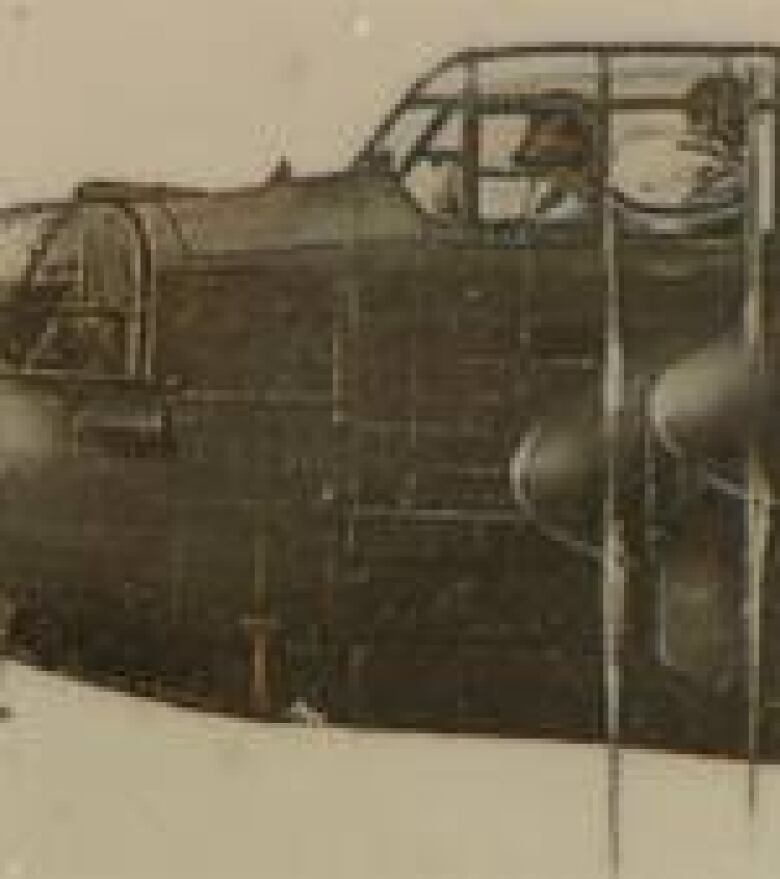WW II Dambusters attack marked by Alberta museum
Albertan among 3 surviving crew members of daring Dambusters raid
The Bomber Command Museum in Nanton, Alta.,will be holding a special 70th anniversary commemoration on Saturdayfor a top secret bombing raid in the Second World War and honour an Albertan who is a surviving member of the crew.
It was called the Dambusters raida mission during which 19 Lancaster bombers targeted three hydro dams in the industrial heart of Germany and it was considered a big boost for the Allied forcesin 1943.
There are only three surviving bomber crew members left around the world, and one of them is Fred Sutherland, 89, now living in Rocky MountainHouse, Alta.
Sutherland was 20 years old at the time of the raidand serving as a front gunner.
"I think everybody thought, 'This is it, we're going to have a lot of losses,'" he said.
A bomb from Sutherland's plane breached one of the dams.

He didn't see it explode, but the tail gunner did.
"He says, 'It's gone, it's gone'or something like that he couldn't believe it," said Sutherland.
'Bouncing bomb'
The top secret bombs were spun before they were dropped and skipped like stones before exploding against the dams.
The codename for the weapon developed by Barnes Wallis for the mission was Upkeep, but it's better known as the "bouncing bomb."

Theapproach was conducted a low altitudes just 20 metres to avoid detection.
Nearly half of the highly trained flyers never made it home because ofcrashes and flak.
"Those guys had a lot of courage," said Sutherland.
The mission, called Operation Chastise, put two dams out of action for months and affected German industry.
There were also civilian casualties agrim reality for both sides in the air war. More than 30 Canadians served on the Dambusters mission, and half of themdidn't make it home.














_(720p).jpg)


 OFFICIAL HD MUSIC VIDEO.jpg)
.jpg)



























































































